India’s biggest secret “Jodhpur Group-Malani volcanic contact” -A Geo-heritage site
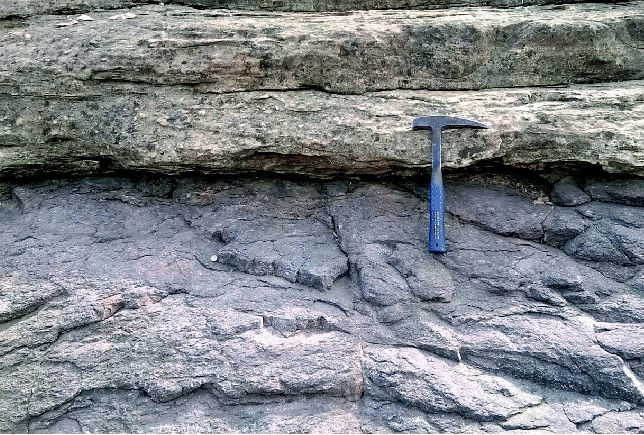
The rock is characterized by purple to red and ash colored laminated tuff with chocolate-colored chalcedony, dark red obsidian, purple, reddish, buff, whitish, and greyish colored rhyolitic tuff related to ignimbrite. The contact is enhanced by the multi-colored igneous suite in contact with light-colored Jodhpur sandstone. The uniqueness of the geological feature at Jodhpur prompted the Geological Survey of India (GSI) to declare the site as a National Geological Monument.
Malani volcanic, of the Thar Desert in Rajasthan, extends at the periphery of the desert and covers parts of Pali, Sirohi, Jodhpur, Barmer, Jaisalmer, and Jalore districts of western Rajasthan. In particular, a rhyolite rock exposure in a hillock of 120 meters height, originally called the “Mountain of Birds”, forms the foundation for the imposing Mehrangarh Fort in Jodhpur. Jodhpur is situated SW of Jaipur and is well connected by State Highways and also approachable by air.
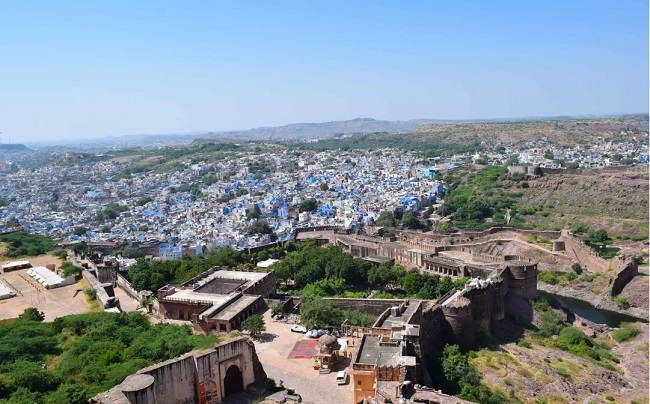
Geology
Mehrangarh Fort section of Jodhpur sandstone and Jodhpur Malani Suite contact are the best-exposed examples of Nonconformity. This erosional contact is between the underlying youngest Igneous suite of rocks of Precambrian age and the overlying oldest sedimentary sequence of late Proterozoic age. Its geological significance led to it being declared a National Geological Monument.
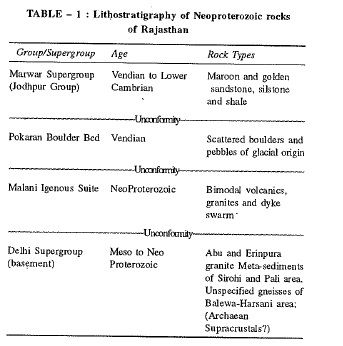
Sandstones of the Jodhpur Group form the basal part of the Marwar Supergroup and the upper boundary of these Malani volcanic is considerably eroded. The two formations called the Sonia Formation (sandstones) and the Girbhakar Formation (sandstones) occur unconformably over the eroded surface of Malani volcanic rocks at the top. The sandstones are creamy (reddish maroon upwards), and widely used as building stones.
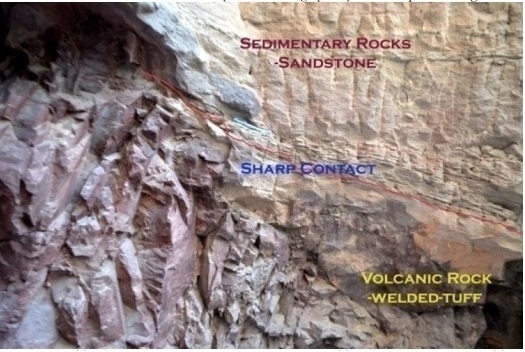
The igneous cycle that occurred in this area has three phases namely, the volcanic, plutonic, and hypabyssal. Therefore, the MIS forms a complete ‘Igneous Cycle’ as defined by Hatch and Wells. The eruption is reported to be of fissure type.
Extrusive phase (Phase-I)
The extrusive phase of the MIS is dominated by felsic volcanic flows and tuffs. The basic lava flows are very distinct. These flow are dark green to greenish-brown, amygdaloidal and the vesicles are filled by zeolite or calcite.
Felsic lava flows are spread over 31,000 sq km in Western Rajasthan. The other components of the felsic clan are trachyte, dacite, and rhyodacite flows. The pyroclastics include welded crystal, lithic and vitric tuff.
Peraluininous and Peralicaline rhyolite flows are scattered inselbergs separated by long stretches of sand. Moreover, the felsic lavas are highly viscous.
Also, read- The most beautiful Natural wonder Krabi Island & Limestone Mountain
Trachyte flows are often interlayered with the peralkaline rhyolite. The absence of quartz and the presence of feldspar phenocrysts distinguish them from rhyolites in hand specimens.
Acid pyro Clastics mainly crystal and lithic tuff, occur as a product of initial major eruptions or of the culminating phase of the Malani volcanism. Agglomerate and breccia are present near the source of volcanism.
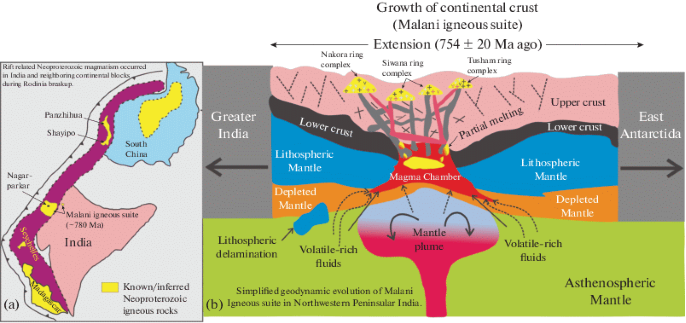
Intrusive Phase (Phase-Il)
There are 15 plutons of granite/granodiorites intrusive in the Phase-I volcanics of the MIS covering an area of about 8000 sq. km. distinguished two types of granites, namely the biotite bearing Jalore granite and hornblende dominant Siwana granite, The Phase-II suggested to contain riebeckite-aegirine identified one more type of granite, namely the Malani granite which has hornblende as the major mafic constituent.
Jalore granite
There are 7 plutons of Jalore granite the largest being the Jalore and the Sankra. The other plutons or bosses occur at Salawas, Randha, and Panchhota. Jalore granite is light pink in color, having
Siwana granite
There are six plutons or ring dykes of Siwana granite occurring at Siwana, Mangta, Chautan, Bisala, Mungaria, and Jasai in the Barmer district. At Siwana the granite occurs as a ring dyke, covering about 290 sq. km. The granite was emplaced along with a collapse structure, forming low-angle cone intrusion.
Malani granite
There are only two plutons of hornblende granite occurring near Barmer. The granite is generally porphyritic with coarse to very coarse alkali feldspars and vitreous quartz as phenocrysts. Graphic intergrowth has been recorded.
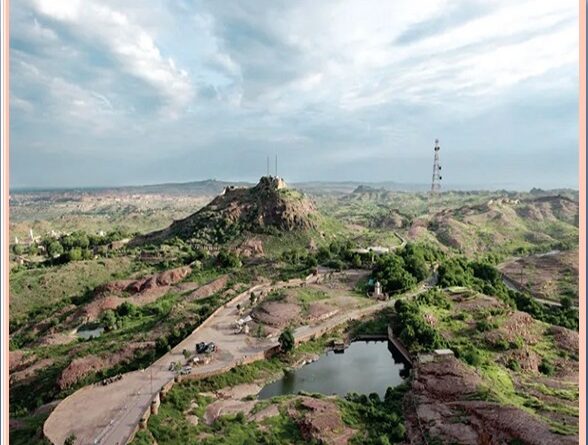
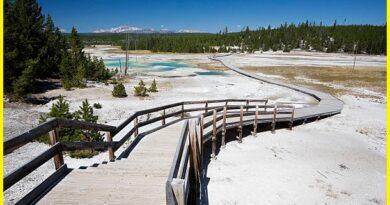
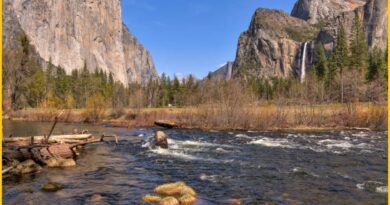
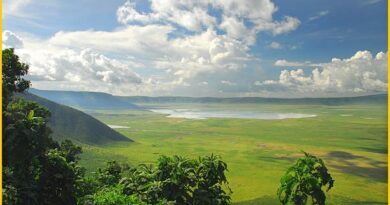
Pingback: The Divine experience of Rameshwaram Island and its Beaches - Geotourism